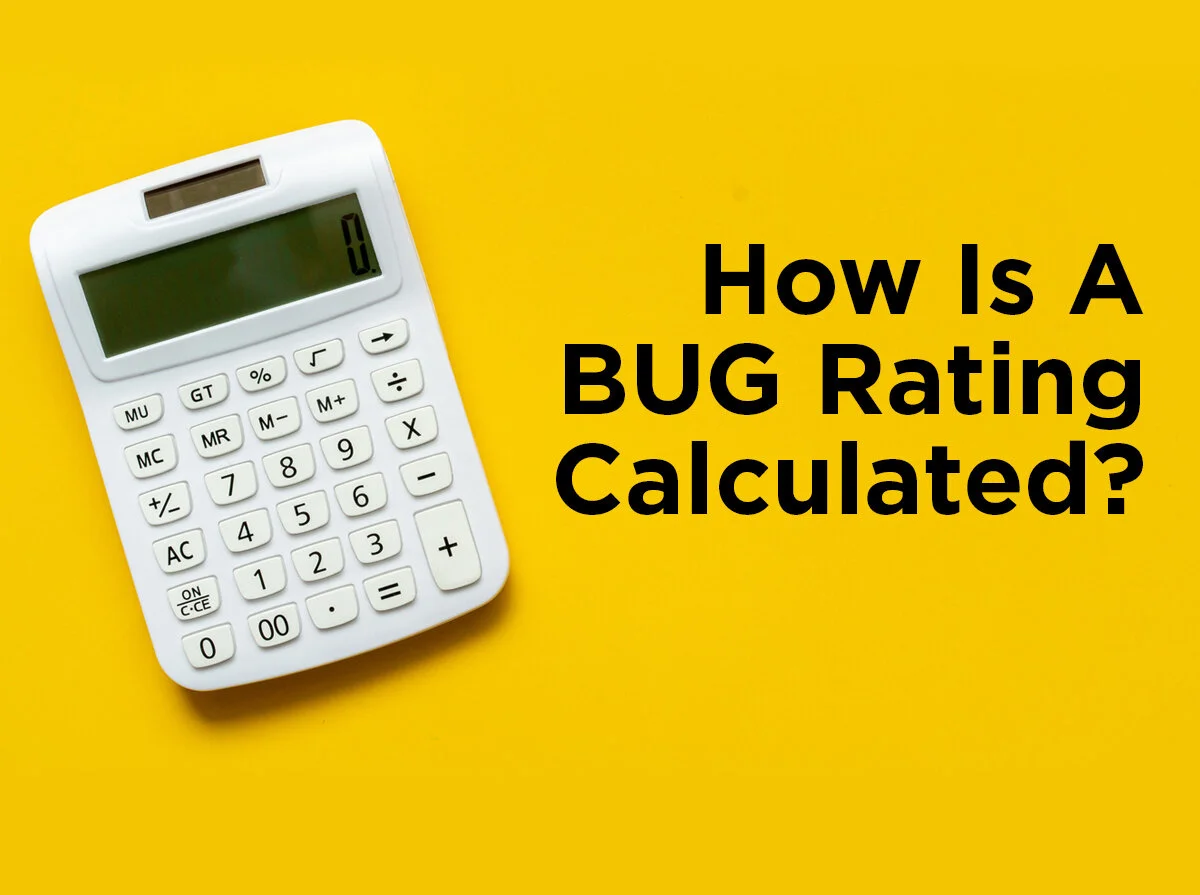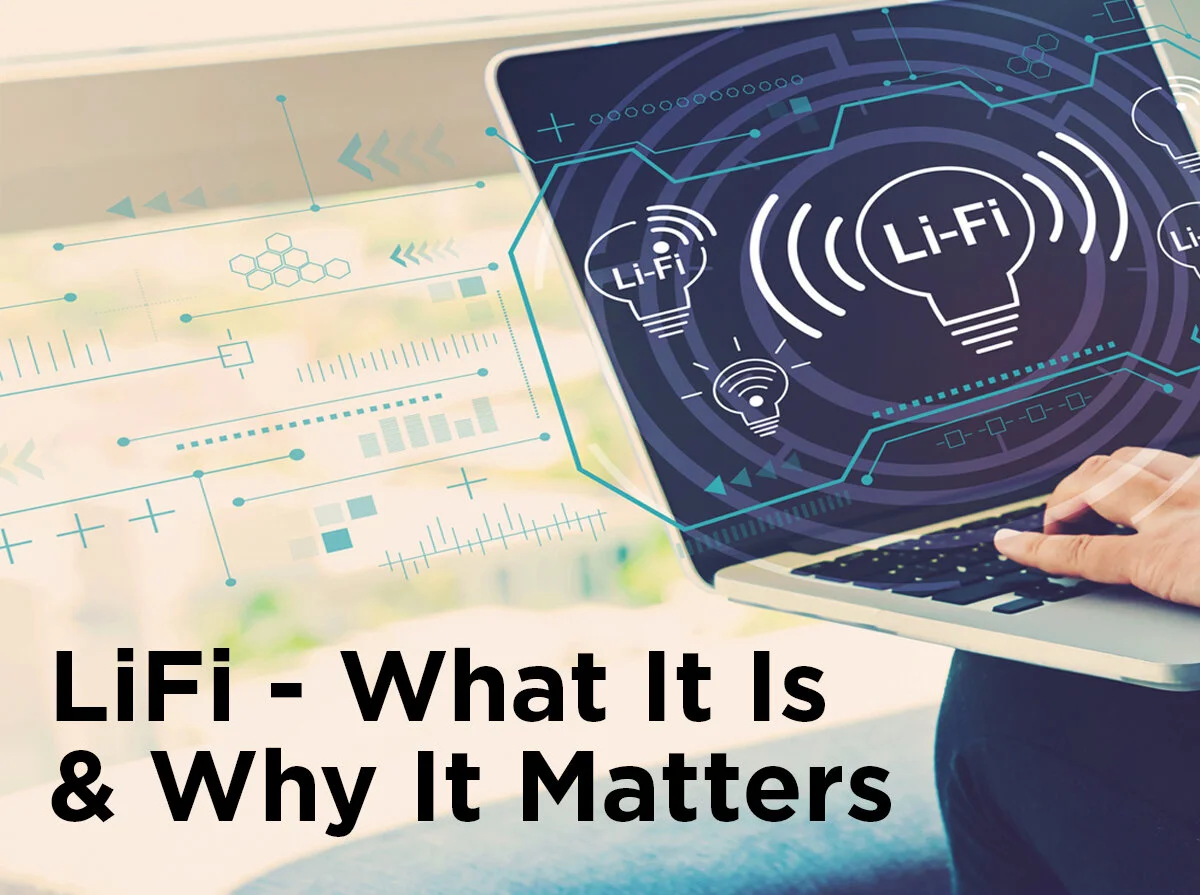Long Live Li-Fi or Not
Li-Fi, light fidelity, is the latest in shiny, new technologies to promote bigger, better, and faster. While still in the experimental stages, Li-Fi promises a cheap and cordless way to connect to the Internet using the simple household LED light bulb. The advantages of Li-Fi are like puppies for Christmas, full of wonder and giddy joy, and the preliminary testing results are mind-boggling. So why hasn’t the world gotten on board with Li-Fi? There are several hurdles Li-Fi must leap through before you will find it at your local Starbucks. Put down that WiFi router, there is a discussion in the works.
The BackgroundThe networking implications of Li-Fi have been known since last year when we wrote our article, Li-Fi—What It Is & Why It Matters. Li-Fi is one of the solutions presented to solve the heavy traffic issue among radio waves, which is what WiFi signals are. The problem is more and more devices come WiFi-equipped. Your home thermostat, your stereo system, your TV, and even your car can now all share the same small spectrum of waves. This is addition to everything else already using radio waves, like radio and cellphone towers, airport beacons, and remote-controlled garage doors. Wi-Fi is reported to carry about half of the world’s internet transmissions and is predicted to keep growing at a rapid rate. The increased traffic and the reduction of available frequencies means it’s about to get very crowded in the land of radio signals.
Li-Fi is a networking technology that allows for the transmission and reception of data using high-speed pulses of light to communicate information. It’s like binary or Morse code but the extreme flickering of light is imperceptible to the human eye. The idea of using light to communicate information isn’t new. Visible Light Communication or VLC is the process of using the visible light spectrum, between 400 and 800 terahertz, to send and receive data. Fiber optic networks already use guided light in a complete internally reflective environment to ensure no information is lost at the high speeds of transfers.
The wireless Li-Fi technology was first demonstrated to the masses in 2011 by Professor Harald Haas during his TED Global talk. Haas utilized the basic household LED bulb because of one particularly useful property: the LED driver. The common LED bulb has a built-in electronic driver chip to control the frequency and electrical current running through the bulb, turning it on and off at an invisible 60Hz frequency. That driver can be tweaked to emit an even faster oscillation, thereby allowing it to quickly and effectively transfer large parallel streams of data without altering the light’s original purpose of illumination.
The Pros
The advantages of Li-Fi are nothing short of amazing. As a whole, the visible light spectrum is larger, containing more waves and energy, at higher frequencies than its lower energy, lower frequency cousins, the radio waves. Due to the higher capacity, lab-controlled tests of Li-Fi transfer rates have been clocked as fast 224 gigabytes-per-second (Gbps) using RGB laser LEDs. A real-world test, complete with a high level of probable interference, recorded a 500 (megabytes) Mbps transfer rate. To put that in perspective, today’s fastest real-world WiFi connection would only get as close as 100Mbps, hundreds of times slower than a Li-Fi connection. Once your awe of the roadrunner-versus-coyote speed comparison wears off, you can also add peace of mind about your privacy to the list. It’s easy to jump onto a WiFi signal, as your neighbors will tell you, any digital enthusiast (i.e. hacker) or highly-discerning person who guesses your password correctly can do it. Since light waves can’t penetrate solid obstructions, nosy neighbors can be deterred by simply closing the curtains and keeping the light inside the room.
You can also say goodbye to miles of cables and heaps of router boxes. Bid farewell low signals and slow speed, and welcome your light switch into the fold of wireless internet. As LEDs begin to appear in more every day places, their falling costs add another point in favor of Li-Fi technology. Today, a savvy shopper can find an LED bulb for under $3. Since LEDs are becoming more accessible, you may find LEDs in more than just your table lamp. For example, items like your oven or your watch could act as relays for digital information. It is called the Internet of Things (IoT), a magical place where everyday objects can act as transmitters, keeping you connected to the ever-expanding World Wide Web. This conversion of using ordinary objects already in place to provide wireless connection would be especially beneficial in areas where radio frequencies are not allowed or disrupt operations like hospitals, airplanes, or even in underwater operations. It would also make it easier to create a network of outdoor public hot spots for multiple users on-the-go.
"In the future we will not only have 14 billion light bulbs, we may have 14 billion Li-Fis deployed worldwide for a cleaner, greener, and even brighter future,” Harald Haas, Wireless data from every light bulb, TED Global 2011
The ConsLi-Fi, with all of its marvelous advantages, isn’t quite ready for world domination. First, there’s the pesky line-of-sight issue. Light waves cannot penetrate walls. Therefore the connection only works if you are in the room with the Li-Fi-enabled LED. Walking from the living room to the kitchen can stop the latest YouTube video in its tracks. This worrisome matter makes it a little hard to imagine Li-Fi in the average household, where wandering room to room gives WiFi the edge, since radio waves can travel throughout the home. And the astonishing speeds that Li-Fi claims to produce? Those were laser LEDs. The speed of Li-Fi is directly affected by the type and size of the LED. Phosphor-coated white LEDs can only go as fast as 100Mbps while the more expensive, laser-based white LEDs with a diffuser can transfer data at a rate of 100Gbps.
Also, many articles report on the intriguing idea of LEDs as transmitters but leave the need for a receiver to wallow in ambiguity. In his TED talk, Haas points out during his demonstration that the LED is sending information to a receiver. The receiver gets the information and has the hardware needed to convert the simple binary data back into information your laptop or tablet can use. In fact, Professor Haas founded a company in 2012 called pureLiFi, to explore and develop marketable mass-produced Li-Fi equipment. Li-1st, the first receiver prototype from pureLiFi, was a kind of pyramid-like paperweight with a lens at the top, only produced in limited quantities. The second generation, Li-Flame, made its debut at the 2015 Mobile World Congress in Barcelona, Spain. Li-Flame made the distinction of introducing a desktop unit, a perhaps bulky-looking, black bar with a swivel lens that attaches to your laptop via USB and a ceiling unit similar to a rounded home smoke detector, acting as an LED driver and for re-encoding the information from your laptop, sending it back out into the wilds of the Internet. The latest generation of drivers and receivers from pureLiFi is LiFi-X introduced at the 2016 Mobile World Congress. Li-Fi-X brings the receiver down to a convenient, business card-sized USB and driver is now a rounded rectangular box, but the bottom line is you won’t find it integrated into your Macbook anytime soon.
To recap, the main concern is: how do you send data back to the bulb? Disney Research also tries to tackle this question by designing a prototype VLC light bulb. They use an extra chip and dedicated photosensors to make the bulb both a transmitter and a receiver. However, Disney is taking a baby step in Li-Fi, only sending a max of one kilobyte of information. The smaller packet of data is better handled by an off-the-shelf LED bulb whereas the high-octane test speeds of other Li-Fi demos required more specialized hardware. Disney’s research gives them the ability to light up a princess dress using a wand, a neat trick for their idea of an “Internet of Toys”. But it leaves us asking, what if you just want to check your Facebook profile?
The final hurdle Li-Fi must overcome is based in common sense: do you have to leave the light on to maintain a working connection? The debate about this topic is conflicting. On one hand, Haas stated that you can dim LEDs to a point that current is still being produced and the light only looks like it is off. We know that LEDs are very efficient when it comes to power usage and that some dimmers don’t recognize low-wattage LEDs beyond a certain power threshold. Although that leaves our readers scratching their heads at the curious quandary of a lit LED bulb with the dimmer supposedly set to “off.” Our interest lies in knowing whether the photosensor on the receiver can still accept data even though the light waves are smaller. Being completely honest, many of us don’t check Twitter until bedtime so we don’t want our wireless signal to take a nap when it’s “lights out.”
Like all emerging technology, Li-Fi has a long and murky road to travel. Despite skepticism, it will be a fascinating journey to see where Li-Fi takes digital information networking. LEDs have already proven themselves useful and exceedingly efficient in numerous applications. What’s one more added to the pile? If you thoroughly enjoyed our slightly scientific discussion, have some deep, probing thoughts of your own, or want to gloat over the many, many glorious pranks you could play with a light switch—put it in the comment area below. Otherwise check out our jokes, lighting advice, and other interesting articles via our Facebook, Twitter, LinkedIn, or Pinterest. Our exceptionally insightful staff at 1000Bulbs is prepared for you to put our knowledge to the test: if you’re in the dark, we’ve got light bulbs.
Sources
BBC – Will We Ever…Face a Wireless “Spectrum Crunch”?
Cisco - VNI Forecast Highlights
Disney Research – Linux Light Bulbs: Enabling Internet Protocol Connectivity for Light Bulb Networks
ExtremeTech – Researchers create 3Gbps LiFi network with LED bulbs
IEEE Spectrum - Disney Seeks to Make Visible Light Communication Practical
International Business Times – LiFi internet breakthrough: 224 Gbps connection broadcast with an LED bulb
International Journal of Scientific & Technology Research Volume 3, Issue 10, October 2014 - Li-Fi: A New Era Of Wireless Communication Data Sharing
Newsweek - Wi-Fi v Li-Fi: The Battle for Internet Connectivity
PRNewswire - pureLiFi Releases World's First True LiFi Dongle, LiFi-X, at Mobile World Congress 2016
www.pureLiFi.com
TEDGlobal – Harald Haas: Wireless data from every light bulb
The Telegraph - Li-Fi: 100 times faster than Wi-Fi, tests prove
The University of Edinburgh, Professor Harald Haas – How fast can LiFi be?
Smithsonian Magazine - What Is Li-Fi, and Will It Replace Wi-Fi?
Scientific American – Let There Be Li-Fi








